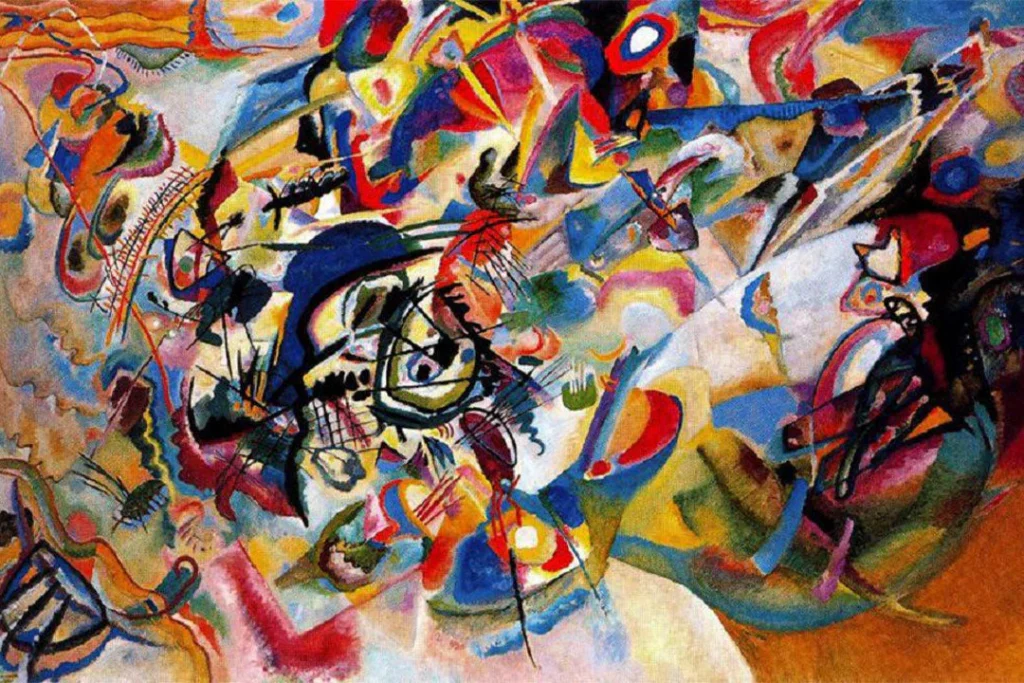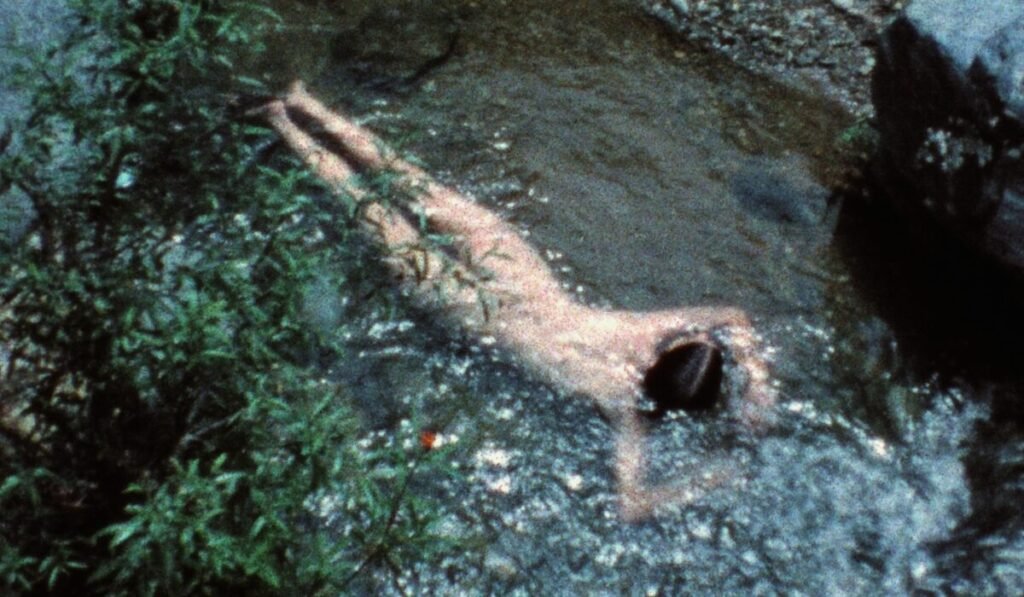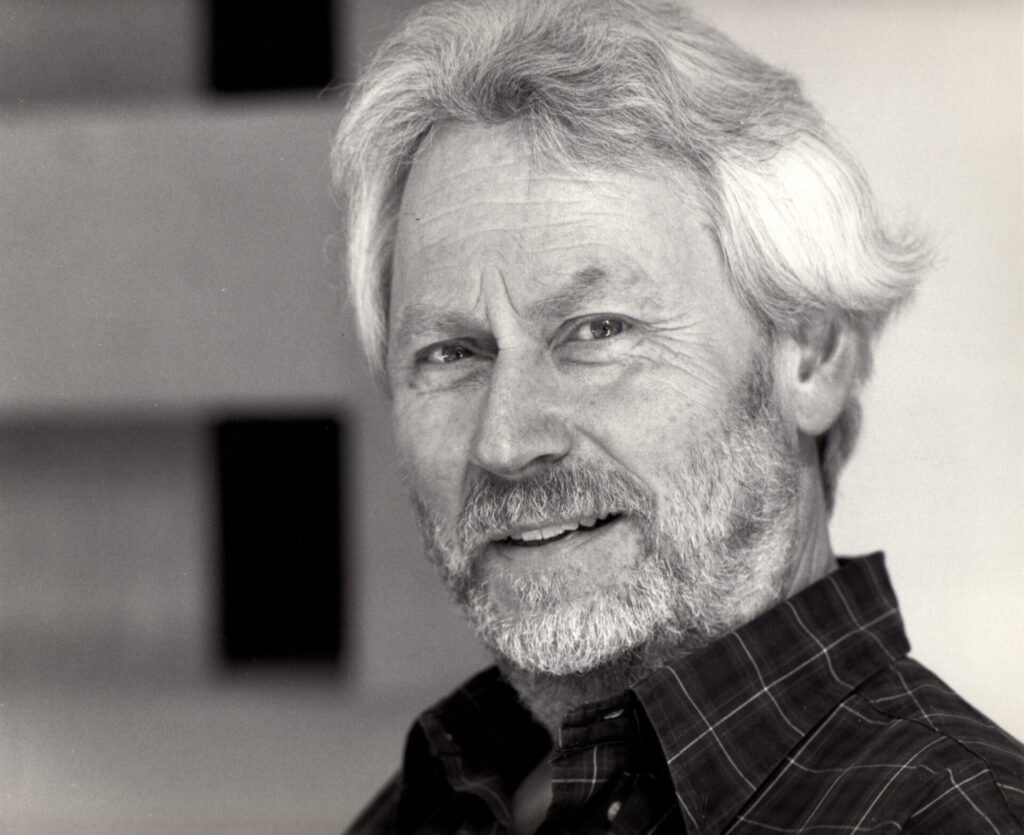By 1910, Wassily Kandinsky was already a prominent figure in European figurative art. To understand the significance of this turning point, it helps to clarify a key distinction: unlike realist art — which seeks to portray the world with photographic accuracy — figurative art allows distortions and subjective interpretations. Yet, Kandinsky went further. He broke even with this moderate freedom and started what at first glance looked like regression. He began to draw like a child.

However, those “scribbles” were far from arbitrary. They expressed a deep inquiry into the essence of aesthetic experience. Kandinsky did not paint like a child out of whim. He sought to reconnect with the initial contact between humans and the world — that pure moment before language, logic, or utility took hold.
This was the virgin gaze of childhood: a vision that does not categorize a tree but feels its shape and presence. A perception that sees a storm not as meteorological data but as a symbolic eruption of light and noise. One that perceives a mother’s scent not as simple familiarity but as a sensory paradise, a primal home echoing in the unconscious.
Wassily Kandinsky and Childhood Aesthetics as a Sensory Revolution
In creating his abstract compositions, Wassily Kandinsky proposed more than a new visual language. He suggested a return to a pre-verbal sensitivity. His works, filled with wandering lines, vivid colors, and floating forms, attempt to depict this pre-rational world. According to him, the enchanted gaze of childhood fades as we grow, as we frame the world with logic and objectives. In doing so, we lose something vital: our ability to deeply feel.
For Kandinsky, the artist had a vital role. Only true artists, in his view, remained connected to that magical dimension of life. Their works did not mirror the world but revealed another reality — one shaped by inner experience.
His canvases were not windows outward but portals inward, where memory, emotion, and spirit intertwine. His scribbles were not childish in a dismissive sense. They embodied an ancient wisdom: the belief that the world makes sense only when felt with the whole body.
Rediscovering this inner child was not an act of nostalgia for Kandinsky. It was a radical gesture. A perceptual revolution that aimed to restore an original way of seeing — one forgotten by reason but still alive beneath the surface. It was an aesthetic based on feeling, capable of reaching the deepest layers of human perception.



